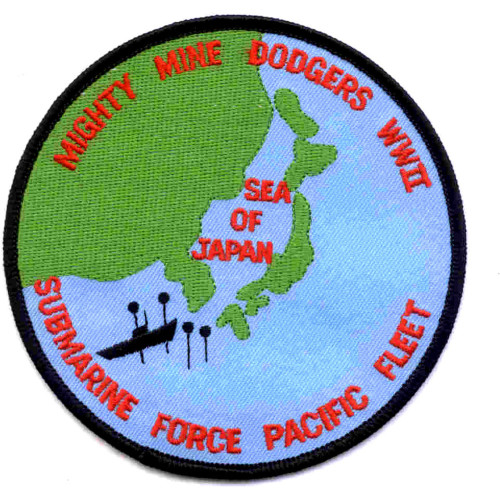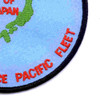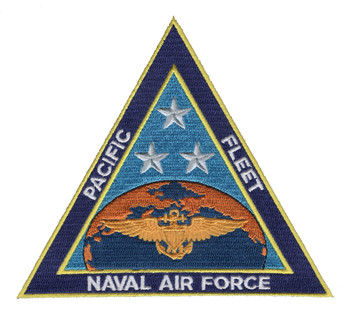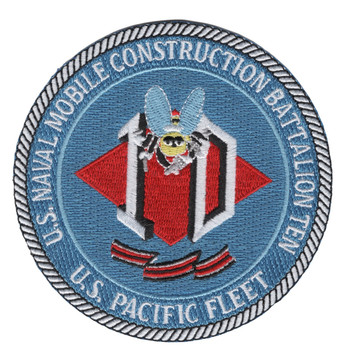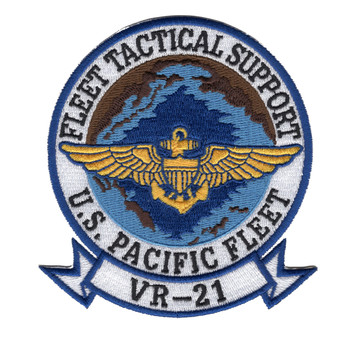Description
SUBMARINE PACIFIC FLEET MINE DODGERS WWII In late 1943 ComSubPac was looking for something that would convince Japan of the futility of continuing the war. From past experience with the Japanese war machine, it was known that as long as one man was there to fight the war would continue. This would cause many unnecessary casualties to our American Forces. We had to find a way to cut off their supplies to lower morale to the point where the Japanese people would demand stopping the fighting. The best way to do this was to cut off their food and supplies from China and Korea. The U.S. War College at Newport, Rhode Island believed that as long as Japan had a supply line she could not be defeated. To achieve this objective, it was necessary to gain access to the Sea of Japan. Vice Admiral Charles A. Lockwood, Commander Submarines Pacific (ComSubPac), also believed that there was a need to get submarines into the Sea of Japan. All of the supplies going to Japan were being transported on ships, and targets outside the Sea of Japan were drying up. The Japanese, aware that the passes were deep enough for submarines, mined the area. It became increasingly difficult to devise a workable plan to gain entry and exit the passage ways. Admiral Lockwood assigned Commander Barney Sieglaff, to head up the research and help devise a plan for executing the perilous mission into the Sea of Japan. The plan was given the code name "Operation Barney". As the plans for invading the Sea of Japan approached finality, the international situation changed with the surrender of Germany. Most people thought Russia should come in and help us to defeat Japan. Fleet Admiral Chester W. Nimitz, Commander in Chief Pacific (CinCPac), was told that Russia had agreed,. . . . . at the Potsdam conference from July 17 through August 2, 1945. . . . . to come into the war in three months after the surrender of Germany. Admiral Lockwood was directed by CinCPac to divide up the Sea of Japan into areas where the U.S. would operate and where the Russian would operate. The Pacific Submarine Command did not relish the idea of dividing up the territory of the Sea of Japan with Russia as we were having enough problems preventing fatal mistakes by our own people. If we could not successfully indoctrinate our own surface ships and airplanes in identification of U. S. submarines, how could we hope to educate the Russians? All CinCPac wanted from Russia was to grant United States submarines permission to dock in the port of Vladivostok and take refuge in the event one of our submarines became disabled. This change of events put a lot of pressure on the planners of Operation Barney to complete preparations as soon as possible without outside assistance or hindrance. Many months before the boats made the actual run through the minefields of Tsushima Straits, a group of nine boats were picked for this perilous job. During the last week of May 1945, the boats were ordered to proceed to Guam for final preparations. The nine boats were equipped with outside and inside equipment necessary to make the perilous trip through the treacherous mine fields. FM Sonar, the latest underwater sonar mine detecting gear perfected especially for this trip, was installed. Many days were spent testing and learning how the equipment would work and how dependable it would be. Very quickly it was determined that the mine detecting equipment could be extremely temperamental and could give confusing information. With practice it was learned that we could pick out what was mines and what was false echoes. Admiral Lockwood and Commander Barney worked with all the boats while making practice runs learning how to use the mine detecting equipment. The Seahorse was one of the original, nine boats picked to go into the Sea of Japan. Due to a terrific pounding by the Japanese, for 16 hours in the East China Sea, the Seahorse suffered considerable damage to the periscope, radio, radar equipment, and caused numerous leaks throughout the boat. Due to the damage, she was not able to join in the mission. This was a terrible blow to her skipper, Commander H.H. Greer Jr. The FM Sonar equipment was transferred from the Seahorse to the Sea Dog. On July 2, 1998, Lieutenant Commander James P. Lynch (Captain USN, RTD), Executive Officer of the Sea Dog, passed the following information on to me:. . . . . "The Sea Dog was refitting in Guam and the decision was made by Vice Admiral Lockwood to transfer the FM Sonar Mine detection equipment to the Sea Dog and have the Sea Dog replace the Seahorse. This was accomplished on an emergency basis and the Sea Dog commenced a frantic period of approximately one week learning to operate the FM Sonar, under the guidance of Commander Barney Siegloff. A practice minefield had been set up offshore, just west of Guam, to afford realistic conditions for our training in using the FM Sonar mine detecting equipment." "When the Sea Dog joined Operation Barney, Commander Hydeman became the senior Commanding Officer in the nine submarine group and commander of the operation at sea." "Although the purpose of Operation Barney was very closely held, the CO and EO of the Sea Dog were well aware of what was expected. We were concerned that the last minute substitution of the Sea Dog had not provided sufficient experience with the operation and maintenance of the FM Sonar. In spite of our qualms, CDR Siegloff gave us his unqualified endorsement, after personally observing our short training period at Guam." "So, in the course of two weeks time, the Sea Dog went from what was to be a normal refit, in preparation for a routine fourth war patrol, to the lead submarine in the war's most adventurous and daring submarine operation." CHECK OUT SUBMARINESAILORS.COM FOR THE REST OF THE STORY.
View AllClose

